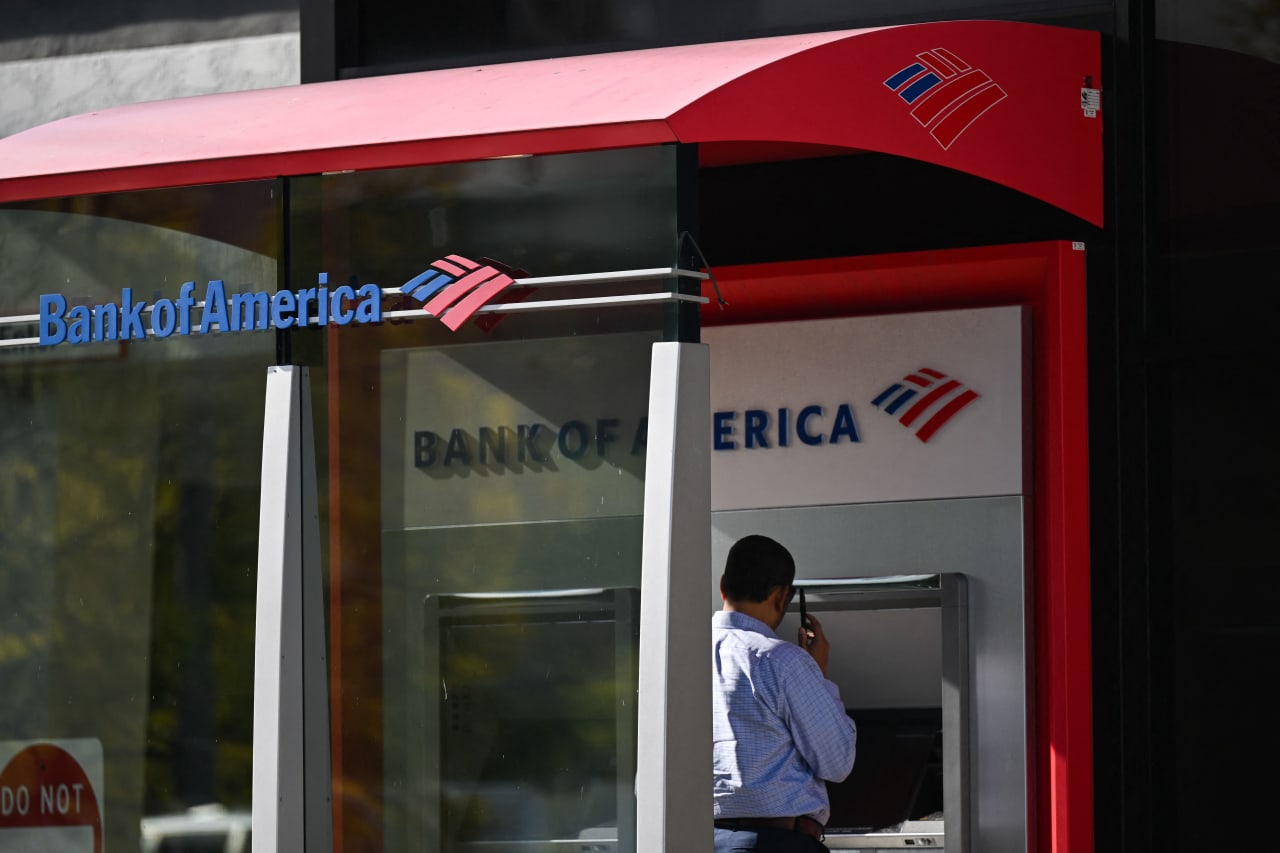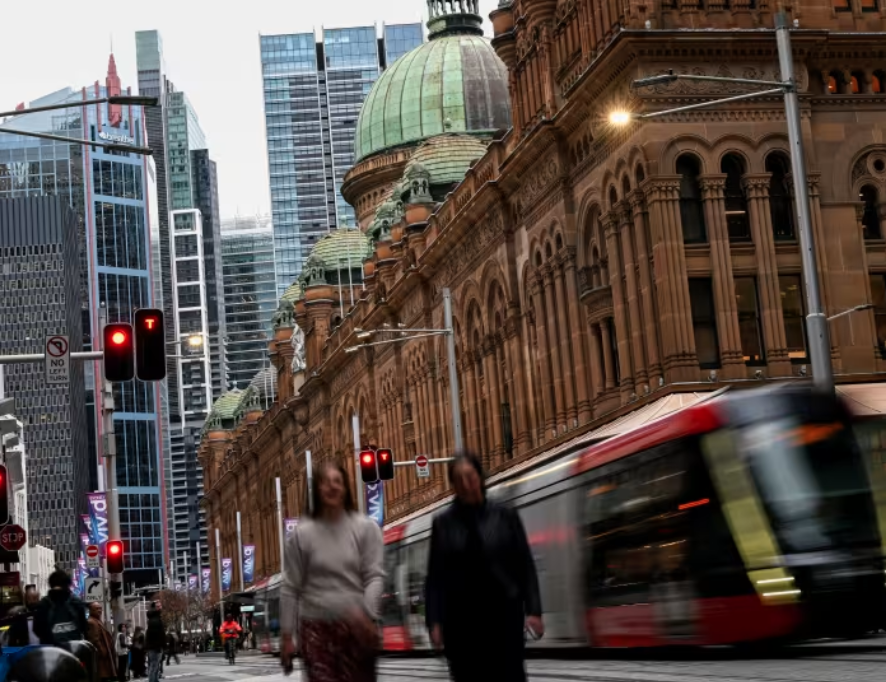The New Workday Dead Zone When Nothing Gets Done
Late afternoon, when many colleagues vanish, is why so many managers hate hybrid work
The 4 p.m. meeting is cancelled because half the team can’t make it. You send an email with what would have been the main discussion points, and the replies roll in through the evening and into the next morning. A consensus that could have been reached before dinner now forms the following day.
The hours that bookend the traditional close of business have become a dead zone at many companies, but employees aren’t just blowing off work to relax for the rest of the day. Workers say the 4-6 p.m. flex time they use to take a turn in the kids’ carpool, hit the gym or beat traffic often requires a third shift at night to finish the day’s tasks. They resent it when leaders assume they aren’t putting in eight or more hours of work, and they’re loath to relinquish the freedom to set their own schedules.
Despite the return of teeth-grinding commutes and overpriced lunches, lots of workers are sticking with the Covid-era habit of clocking out early and making it up later. By 4 p.m. on weekdays, golf courses are packed, according to a Stanford University study, as are many New York City restaurants.
Microsoft researchers have documented what they call a “triple peak” phenomenon in which workers’ keyboard activity spikes in the morning and afternoon, then a third time around 10 p.m. The tech giant predicts this pattern is here to stay.
In a recent, one-month sample of Microsoft Teams software usage, the share of virtual and in-person meetings scheduled between 4 p.m. and 6 p.m. was down 7% from a year earlier, despite widespread office returns.
Bosses can drag employees back to their desks, but good luck keeping them there until the end of a 9-to-5 workday or beyond. The 4-6 p.m. dead zone is one reason so many executives are cranky about hybrid work. They say it’s the hardest time to reach people, and things would be easier if everybody were present and accounted for in person, even though many workers seem to be leaving offices earlier, too.
The Price of Flexibility
Fungible hours are great for those doing the fungeing. For managers and co-workers, one person’s hiatus can be another’s headache.
“A lot of companies have taken a loose approach under the belief that we’re all adults, so everyone will be self-disciplined and stay motivated at whatever time they’re working,” says Albert Fong, vice president of product marketing at Kanarys, a maker of diversity-training software. “That’s just not true.”
Flexibility can be a trap that fuels our always-on work culture, Fong adds. Instead of powering through a late-afternoon gathering and being done for the day, he often finds himself refreshing his mobile inbox all evening or opening his laptop on Sunday to catch up on messages from colleagues who work whenever.
Colette Stallbaumer, general manager of Microsoft’s Future of Work initiative, sums it up: “How do we make it so that my flexibility isn’t your challenge?”
Ana Paula Calvo, an associate partner at McKinsey & Co., says she considers how shifting her hours can affect others. She sometimes works at night or on weekends to make up for bolting to daycare many weekdays at 5:30 p.m. At the start of any new project, she does a norm-setting session to let her team know there’s no pressure for them to work off hours.
“People know that if I get back to them at 11 at night, that doesn’t mean I’m expecting them to reply right away,” she says.
It Can Wait—Or Maybe It Can’t
Accommodating employees’ personal appointments—happy-hour yoga, a teen’s tuba lesson—can be necessary to recruit and retain top talent, several business leaders tell me. They add it sure makes getting a quorum at meetings tough, though. Others, especially child-free workers, complain that their workdays have become longer and less predictable since it became widely acceptable to take breaks during normal business hours.
Maria Banach, a pharmaceutical operations director in Oregon, says she sometimes wants to call a huddle to handle a problem, only to learn that someone on the team has gone offline for a couple of hours. That might not seem very long, but her co-workers are spread across several time zones and their overlapping business hours are limited. Issues can linger overnight when one or two people step away early, Banach says, and every day is precious. The drugs her company manufactures expire 17 days after production.
“Scheduling meetings has become difficult, and I’ve learned: Do it in the morning and never on Friday,” she says.
Some executives have accepted, even embraced, the reality that little gets done from 4-6 p.m. Anthony Stephan, chief learning officer of Deloitte U.S., says recorded tutorials are now a centrepiece of the firm’s professional-development program. Getting employees together for an end-of-the-day training session is seldom an option any more, he says. They hone new skills when they feel like it.
Stephan, a father of five, holds himself to a hard stop at 5 p.m. He initially worried that others would keep hustling after he called it a day, but he now realises others are winding down early or right on time. For emergencies, he tells his team to put #criticalnow in an email subject line. Most things can wait until after his 5:15 a.m. workout the next morning, he figures.
At Komet U.S.A., a South Carolina-based maker of dental equipment, meetings after 4 p.m. or on Friday afternoon are against company policy, except in special circumstances. Chief Executive Mercedes Aycinena, promoted to the top job last year, introduced those calendar blocks last fall after polling the staff.
Aycinena, who has about 100 employees, usually leaves the office at 5 p.m. to spend time with her three children and then resumes work later as needed. She lets subordinates shift their hours, too, and credits flexibility with helping reduce turnover from 50% to 15% over the past year.
“I hate meetings after 4,” she says. “My brain is done.”
 Copyright 2020, Dow Jones & Company, Inc. All Rights Reserved Worldwide. LEARN MORE
Copyright 2020, Dow Jones & Company, Inc. All Rights Reserved Worldwide. LEARN MORE
This stylish family home combines a classic palette and finishes with a flexible floorplan
Just 55 minutes from Sydney, make this your creative getaway located in the majestic Hawkesbury region.
When will Berkshire Hathaway stop selling Bank of America stock?
Berkshire began liquidating its big stake in the banking company in mid-July—and has already unloaded about 15% of its interest. The selling has been fairly aggressive and has totaled about $6 billion. (Berkshire still holds 883 million shares, an 11.3% interest worth $35 billion based on its most recent filing on Aug. 30.)
The selling has prompted speculation about when CEO Warren Buffett, who oversees Berkshire’s $300 billion equity portfolio, will stop. The sales have depressed Bank of America stock, which has underperformed peers since Berkshire began its sell program. The stock closed down 0.9% Thursday at $40.14.
It’s possible that Berkshire will stop selling when the stake drops to 700 million shares. Taxes and history would be the reasons why.
Berkshire accumulated its Bank of America stake in two stages—and at vastly different prices. Berkshire’s initial stake came in 2017 , when it swapped $5 billion of Bank of America preferred stock for 700 million shares of common stock via warrants it received as part of the original preferred investment in 2011.
Berkshire got a sweet deal in that 2011 transaction. At the time, Bank of America was looking for a Buffett imprimatur—and the bank’s stock price was weak and under $10 a share.
Berkshire paid about $7 a share for that initial stake of 700 million common shares. The rest of the Berkshire stake, more than 300 million shares, was mostly purchased in 2018 at around $30 a share.
With Bank of America stock currently trading around $40, Berkshire faces a high tax burden from selling shares from the original stake of 700 million shares, given the low cost basis, and a much lighter tax hit from unloading the rest. Berkshire is subject to corporate taxes—an estimated 25% including local taxes—on gains on any sales of stock. The tax bite is stark.
Berkshire might own $2 to $3 a share in taxes on sales of high-cost stock and $8 a share on low-cost stock purchased for $7 a share.
New York tax expert Robert Willens says corporations, like individuals, can specify the particular lots when they sell stock with multiple cost levels.
“If stock is held in the custody of a broker, an adequate identification is made if the taxpayer specifies to the broker having custody of the stock the particular stock to be sold and, within a reasonable time thereafter, confirmation of such specification is set forth in a written document from the broker,” Willens told Barron’s in an email.
He assumes that Berkshire will identify the high-cost Bank of America stock for the recent sales to minimize its tax liability.
If sellers don’t specify, they generally are subject to “first in, first out,” or FIFO, accounting, meaning that the stock bought first would be subject to any tax on gains.
Buffett tends to be tax-averse—and that may prompt him to keep the original stake of 700 million shares. He could also mull any loyalty he may feel toward Bank of America CEO Brian Moynihan , whom Buffett has praised in the past.
Another reason for Berkshire to hold Bank of America is that it’s the company’s only big equity holding among traditional banks after selling shares of U.S. Bancorp , Bank of New York Mellon , JPMorgan Chase , and Wells Fargo in recent years.
Buffett, however, often eliminates stock holdings after he begins selling them down, as he did with the other bank stocks. Berkshire does retain a smaller stake of about $3 billion in Citigroup.
There could be a new filing on sales of Bank of America stock by Berkshire on Thursday evening. It has been three business days since the last one.
Berkshire must file within two business days of any sales of Bank of America stock since it owns more than 10%. The conglomerate will need to get its stake under about 777 million shares, about 100 million below the current level, before it can avoid the two-day filing rule.
It should be said that taxes haven’t deterred Buffett from selling over half of Berkshire’s stake in Apple this year—an estimated $85 billion or more of stock. Barron’s has estimated that Berkshire may owe $15 billion on the bulk of the sales that occurred in the second quarter.
Berkshire now holds 400 million shares of Apple and Barron’s has argued that Buffett may be finished reducing the Apple stake at that round number, which is the same number of shares that Berkshire has held in Coca-Cola for more than two decades.
Buffett may like round numbers—and 700 million could be just the right figure for Bank of America.
This stylish family home combines a classic palette and finishes with a flexible floorplan
Just 55 minutes from Sydney, make this your creative getaway located in the majestic Hawkesbury region.






















